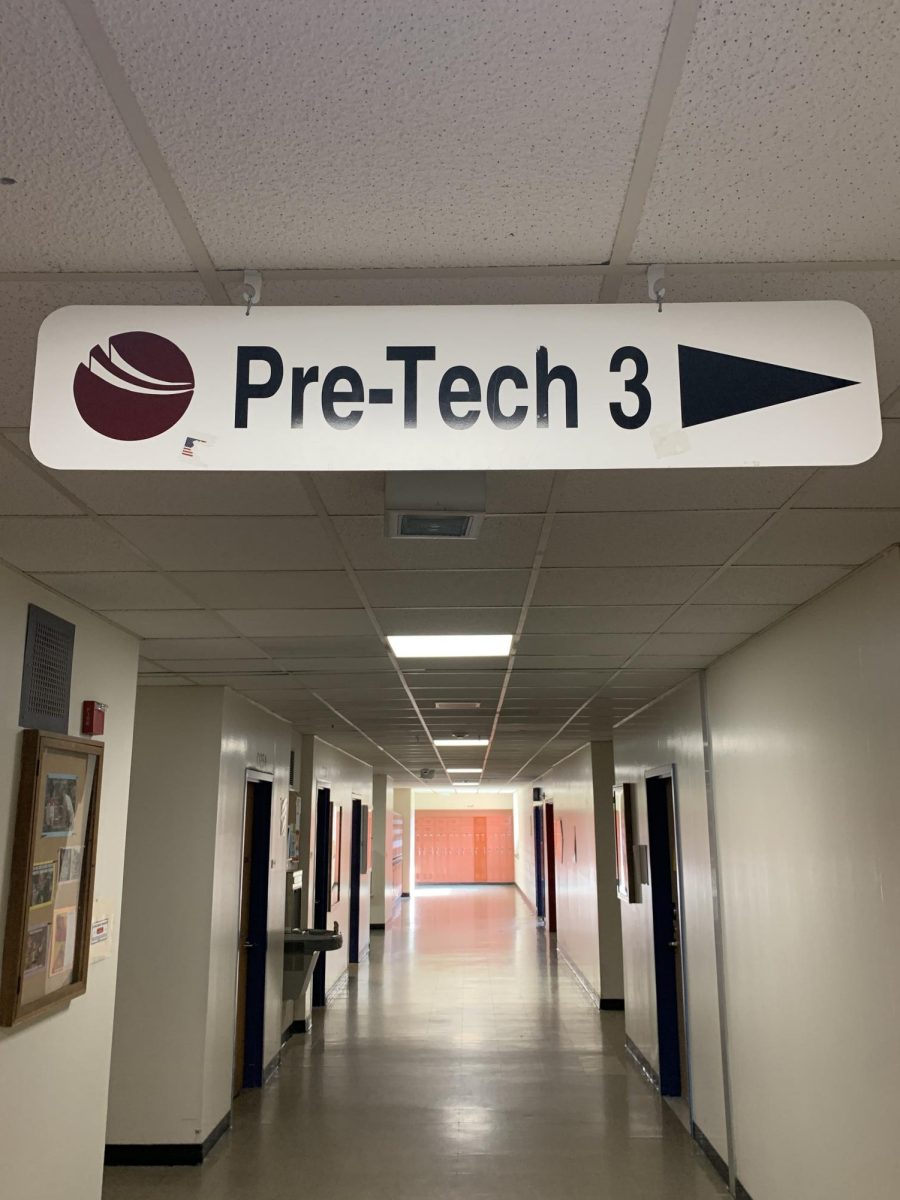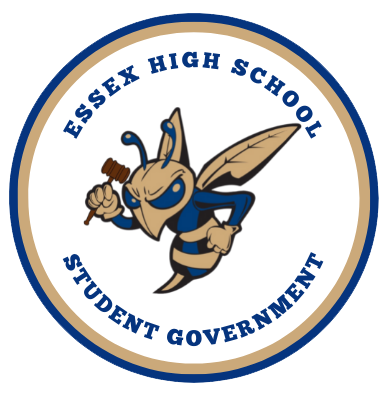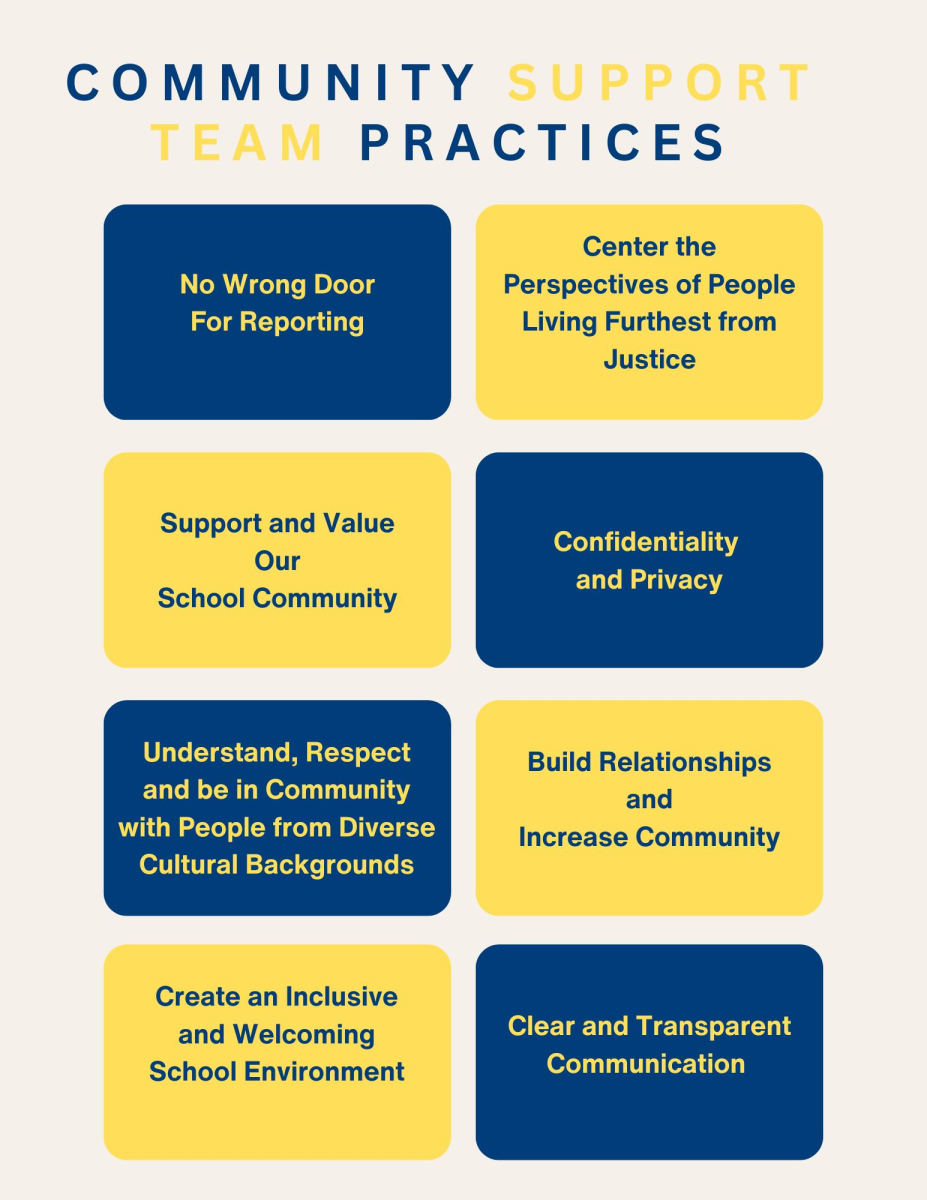Meeting in the Middle: Vertical Alignment in the EWSD
March 10, 2023
Some teachers in the Essex High School’s social studies department have expressed a divide between their curriculum and that of the middle schools in the EWSD district. Teachers have commented that some 9th graders are entering high school without adequate preparation. The district’s scope and sequence includes world geography, early global history, and early U.S. history to be taught in all three middle schools.
Barbara Isham, the curriculum content leader for social studies at EHS, said, “Some students who enter my classroom have not had US history prior to 1865.” This part of the social studies curriculum is required for students to have learned in middle school according to the district’s policies.
Kevin Briggs, the principal of Essex Middle School, shared via email that EMS uses a different social studies model. “For example, ADL has a specific social studies class, while at EMS we embed language arts and social studies to a class titled Humanities.”
“This model is widely used across the country as a way of teaching concepts in an integrated way,” Briggs wrote. “This also allows for more teaching time for other subjects as well as an intervention time for students who have not mastered the concepts being taught.”
Briggs referenced the conversations that are happening between the middle schools about aligning their curriculum and the high school’s alike. He did not further explain the conversations that are taking place.
In the end he wrote, “I’m unaware of any conversations regarding EMS not following the social studies curriculum. This may be a perception versus a reality.”
Albert D. Lawton School, on the other hand, dedicates daily time that is allocated solely for social studies. Social studies is given the same amount of time as other core subjects, rather than sharing time with English.
Amanda Eldridge, a social studies teacher at ADL, attributed ADL’s social studies success to the culture that ADL has had for several years.
“I was hired over 20 years ago, and at that time I stepped into an environment where social studies was already an established and essential part of the curriculum,” Eldridge said.
Upon reaching out to Isham, it was clear that communication was not frequent. When asked about contact with the middle schools, she explained, “In the 20 years I’ve worked here, I’ve worked three times with the middle schools. In recent years, in my role as PLC leader, once in the last five and a half years.”
This less-than-yearly communication is not present in all departments.
Christine Sealey, an English language learner teacher at EHS, commented on what her department does throughout the district.
“Our vertical meetings [between English learner teachers] happen once a month, and it’s actually kindergarten through 12th grade, and CTE,” she explained.
Vertical meetings are a way for teachers across the district’s ten schools to comment on how things are going and what potential changes could be made.
David Goss, a grade 7 and 8 humanities teacher at Westford School, said, “Communication among the schools has improved following recently-adopted social studies standards and will be improved with the recent purchase of a common textbook.”
The textbooks are History Alive!: The Ancient World and History Alive!: The United States Through Industrialism. Both these texts receive positive reviews online.
Recently, EHS’s Social Justice Union has been meeting with Jackie Tolman, the Director of Learning and Instructional Impact for EWSD for their curriculum project.
Wade Winter, an EHS junior and a leader of the Social Justice Union, described the basis of their project with Jackie Tolman. “The SJU curriculum project is a student-led project with a goal of improving and unifying our school districts history and social studies curriculum.”
Jackie Tolman outlined previous work done by the district, while also showing optimism for the future of the history curriculum.
“We have some differences in the instructional models between the three middle schools.” Tolman explained. “Given these differences, in the summer of 2021, teacher representatives from all of the middle schools met and determined essential standards for grades 6 – 8 in social studies.”
The middle schools also met in 2022 without the high school present for the discussion. As long as the middle schools follow the district’s policies, they are free to employ the model of their choosing, whether that is integrating social studies with English language arts or keeping them separate.
It is clear that there are meetings going on between the middle schools. The concern, however, has been expressed that a lack of meetings with the high school is the real problem.
“At this time, I think that our teachers have taken the right steps to build a guaranteed and viable curriculum,” Tolman said. “I am excited to continue the work to identify gaps and strengthen the vertical alignment.”
To begin these discussions, SJU organized and helped lead a meeting on February 10th, where teachers and students from all the schools in the district were present. SJU’s initiative was what brought the teachers together for vertical alignment.
Molly Edwards and Elizabeth Ritchie, both social studies teachers at EHS, were invited to attend these meetings to represent the high school.
“I always love having student voice,” Edwards said. “I’m really excited that social studies is going to get the well-deserved and very needed time and attention because it is essential to be a well-rounded human.”
Ritchie added, “What you learn in our classes is essential.”
The vertical team meets again on March 10th.












